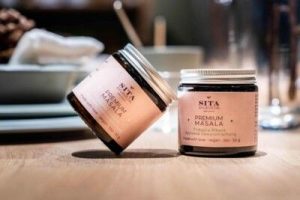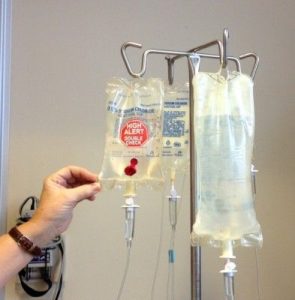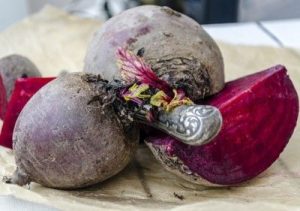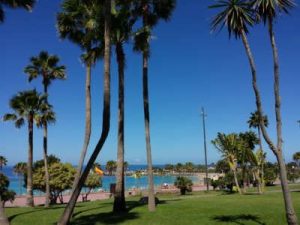Medicinal herbs from Asia – information, presentation and application
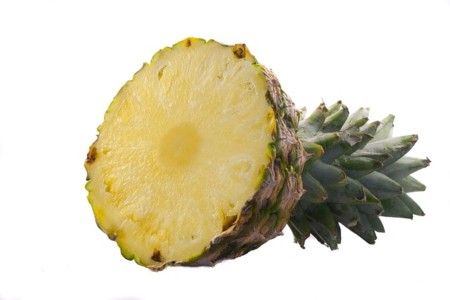
Proven medicinal herbs from Asia
The use of medicinal plants or. of various medicinal herbs for the treatment of diseases and injuries has a long history in Asia.
Europe has also seen a resurgence of herbal medicine in recent decades.
From hair loss to fungal infections, gastrointestinal complaints and headaches to tumor diseases and kidney failure – for almost every conceivable ailment, there is a plant or medicinal herb in traditional Chinese medicine (TCM for short).
However, it is difficult to prove the effectiveness of these herbs scientifically. On the one hand, too many different plants are used in TCM, because a wide variety of plants are mixed together.
On the other hand, each Chinese doctor has his own mixing ratio, so that a scientific review is difficult.
Nevertheless, even in Europe there are now entire catalogs of medicinal herbs and their proven effects.
Asian pennywort for burns and skin diseases
An important plant, which is even recommended by the WHO, is the Asian water pennywort. It is an herb that prefers wet, subtropical climates.
It has a proven effect on burns and sunburn, inflammatory skin diseases and prevents scarring. It can also help with stress-related irritable stomach syndrome and intestinal ulcers.
You can buy ready-made capsules, as well as pour the herb in a ratio of 1:10 for partial baths with hot water or use in poultices.
The active ingredient of Asian pennywort is saponins, which stimulate and regulate the formation of fibroblasts in the body, resulting in rapid wound healing without excessive scar tissue.
Pineapple for pain and edema
A healing effect is also said to the pineapple, or much more the enzyme bromelain, which could be proven in pineapple.
However, it is not enough to simply eat them, since a very high concentration of bromelain is necessary for a medicinal effect, which could only be covered by the daily consumption of 30 kilograms of pineapple.
Therefore, one should resort to ready-made capsules of isolated bromelain.
It can be used to treat a wide variety of conditions. By blocking neurotransmitters that trigger pain, bromelain can relieve it.
In cases of edema (water retention in the tissues), bromelain can condense the vessels through its draining effects, so that no further water can enter the tissues.
Thrombosis can also be prevented, as bromelain dissolves fibrin fibers, which can clump together to form clots.
In the case of pancreatic hypofunction, the enzyme can also provide relief, as it acts in a similar way to the glandular hormones, thus resolving digestive problems.
As a side effect, abdominal pain and allergic skin rash can occur.
Valerian for sleep disorders and muscle tension
Another very well-known medicinal herb is valerian, resp. Its roots. The essential oils and other active ingredients can be used as a ready-made medicine or tea as well as a bath additive and help with sleep disorders, nervousness, concentration problems and muscle tension.
How exactly the herb affects our nervous system is not completely researched, but its effectiveness is proven and the drug is approved in Germany and very common.
Black elderberry for colds
The flowers of the black elderberry are also used medicinally.
In the case of colds, fever, chills and strong coughs, they have a diaphoretic, antioxidant, stimulating effect on the immune system and secretion-promoting effect in the bronchial tubes.
The effective ingredients include flavonoids, glycosides, hydroxyphenyl carboxylic acids, and essential oils.
They are sold primarily as teas or syrups, or as mixed preparations with other medicinal plants.
Bearberry for urinary tract infections
The leaves of bearberry are also used for the treatment of urinary tract infections.
Here is the active ingredient hydroquinone glycoside arbutin.
In the liver it is transformed into hydroquinone, which kills bacteria and disinfects the urinary tract, relieving pain during urination.
There is insufficient information about side effects, but children under 12 should not be treated.
Conclusion – Medicinal herbs from Asia
The presented medicinal herbs are among the most known and proven from Asia. The effects are very different.
In general, however, strong medicinal plants should not be taken for more than six weeks in a row.
